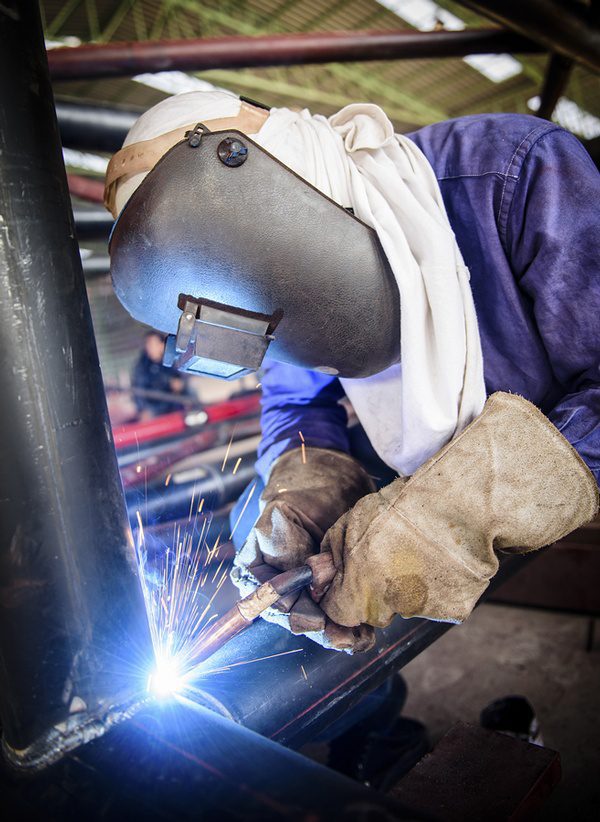Welding Efficiently Without Sacrificing Quality
Improving fabrication efficiency will always have a direct impact on your profit margins. Consequently, you can afford to offer your clients competitive prices without affecting quality of work or time to delivery. Finding the perfect balance between efficiency and quality is key to keeping your clients happy and your return on investments fixed.
The welding costs and time until delivery will always depend on a set of fixed factors.
- The complexity of the weld
- Welder skills
- Welding material
- Welding consumables and equipment
- Overhead costs
Most of these factors will cancel out if you outsource from a professional fabricator. The economies of scale let the commercial welding companies procure the equipment and consumables at a better cost. Once you combine this with the possibility of running an automated production line, it will make your overall production costs low.
Overcoming Complexity
 There are two sure ways to dealing with complex welds:
There are two sure ways to dealing with complex welds:
- Hire highly skilled fabricators who can handle the complexity
- Invest in robots and automation to take care of the complex fabrication
Hiring skilled welders can be a costly affair – especially if you don’t have enough work to keep them occupied all year long. The same applies to automating the production line. Doing a detailed cost benefit analysis is the sure way to finding the actual benefit of the improved efficiency that you will get from the effort.
Focus on Auxiliary Bottlenecks
So much goes into a welding or fabrication job that isn’t the actual weld creation. There is the fabrication design process, the material procurement, and the collection of tools from storage to the work bench.
Minimizing on the time wasted doing such menial tasks will reduce the time a welder takes to finish any given job without actually affecting the quality of work done. Focus on time wasted waiting for design concepts, fabrication material, or when fetching tools from the store. You can do this by creating readily accessible storage units near the working bench and encouraging your employees to use them as much as it is possible.
Once you combine this with going for bigger supplies that reduce the number of changes the welder has to do in a day, it will help you accumulate to tangible savings in the long run. Providing your welders with 1000 lb. reels of wire, for instance, will save those five minutes needed to swap spools if your production line was working on 25 lb. spools.
Cut Down of Wastage
You will want to start by minimizing on bad welds, over welding, faulty designs, or simple fabrication mistakes resulting into wasteful repairs or discarding of a product. This happens when your welders are working under too much pressure or are doing something that is beyond their skill range.
Improving fabrication efficiency without affecting quality is all about addressing the issues that indirectly affect project time to completion. This will vary from project to project. Creativity and detailed understanding of the process will help you to identify such efficiency bottlenecks in time. It will also help you identify what you can do and what you must outsource in order to uphold overall product quality.

